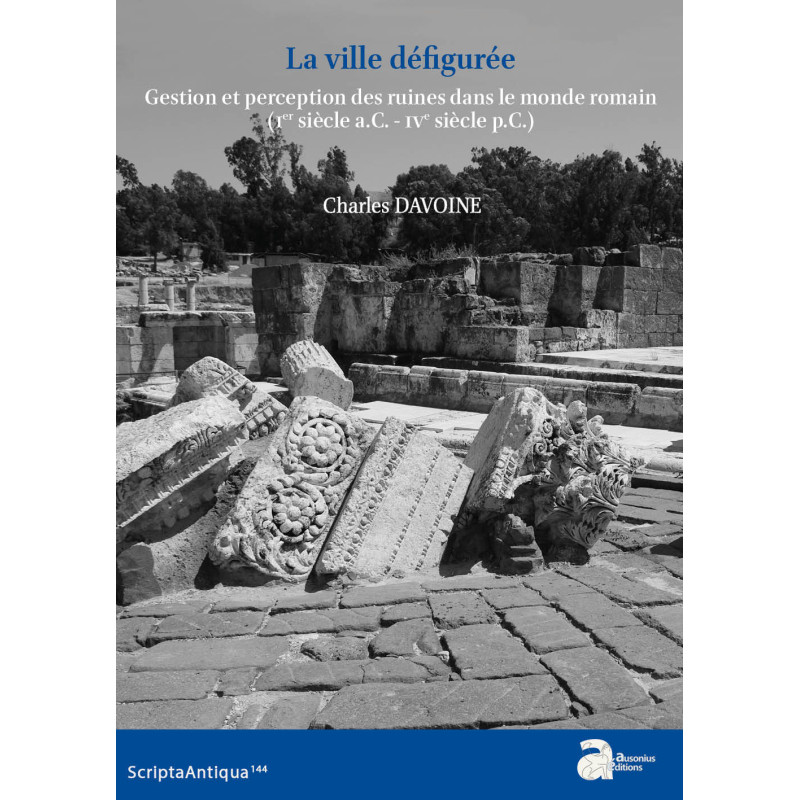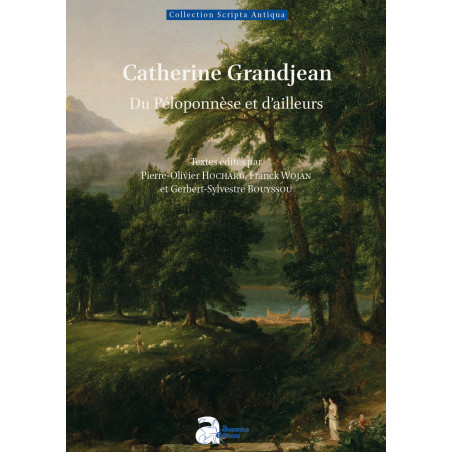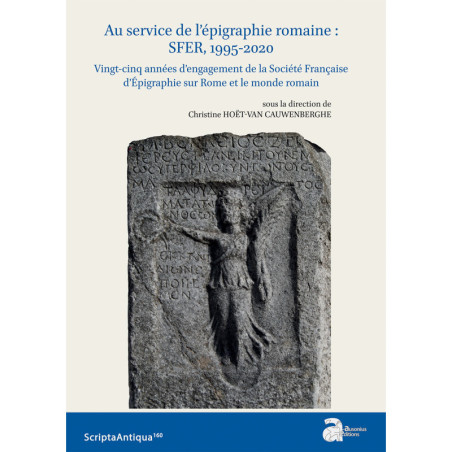Scripta Antiqua 144
La ville défigurée. Gestion et perception des ruines dans le monde romain (Ier siècle a.C. - IVe siècle p.C.)
The Roman world did not experience the modern fascination for ruins. However, derelict or damaged buildings were present in the ancient cities. In a centuries-long Empire, natural disasters, human violence or simply the course of time could contribute to destroy and deteriorate buildings. What was to be done with the inevitable ruins which remained in the landscape? This book aims at examining textual sources, especially epigraphic and legal texts, and archaeological evidence, to understand how the people of the Empire, as well as civic authorities and Roman power, perceived ruined private and public buildings and dealt with them. As an intermediary state between presence and absence, ruins have always been a problem and created disruption in the urban space. Public authorities and Roman jurists recommend not to destroy urban dwellings. Literary sources and inscriptions celebrate benefactors who restored a public monument struck by a disaster or by the injury of time. Dilapidated buildings have always been considered as a disfiguration of the urban landscape and destroyed cities remind or announce times of trouble. On the contrary, perpetuating the city requires to preserve and regularly restore buildings. Therefore, ruins are a counter-model which by contrast reveals an ideal: architecture shall constitute the city’s ornament and contribute to the emperor’s golden age.
On the same subject
Scripta Antiqua 175
Aristide 'Le Juste'. L'art et la manière de fabriquer un héros dans la cité démocratique.
Publication date :21/11/2023
Scripta Antiqua 24
Orner la cité : enjeux culturels et politiques du paysage urbain dans l'Asie gréco-romaine
Text in French. Contains passages in ancient Greek.
Publication date :01/01/2010





